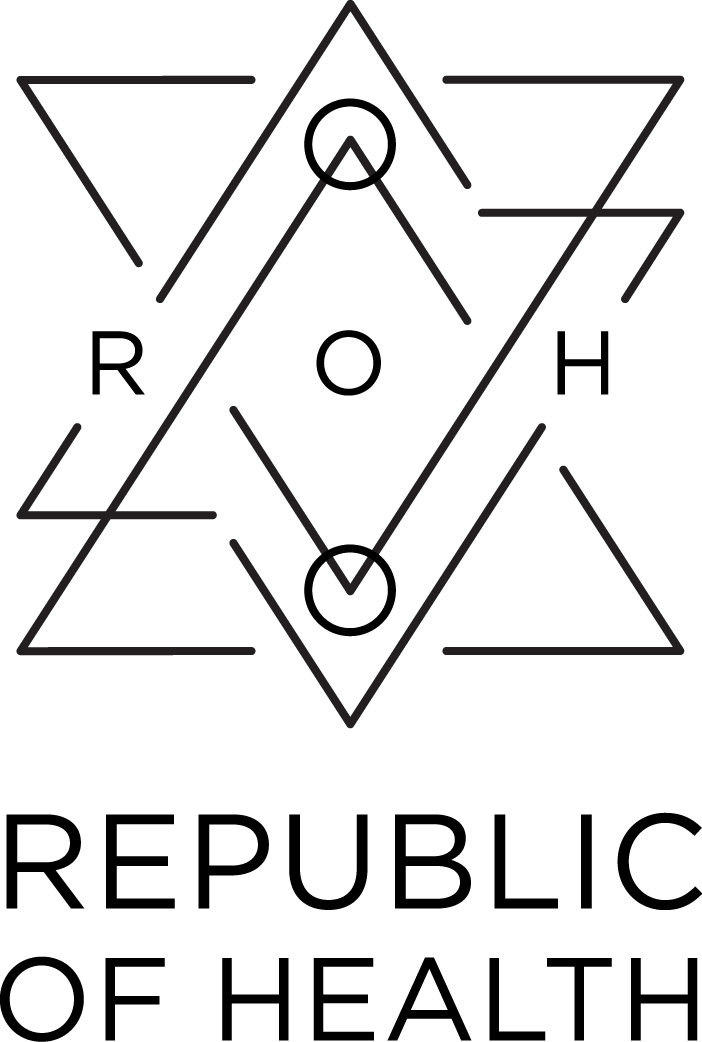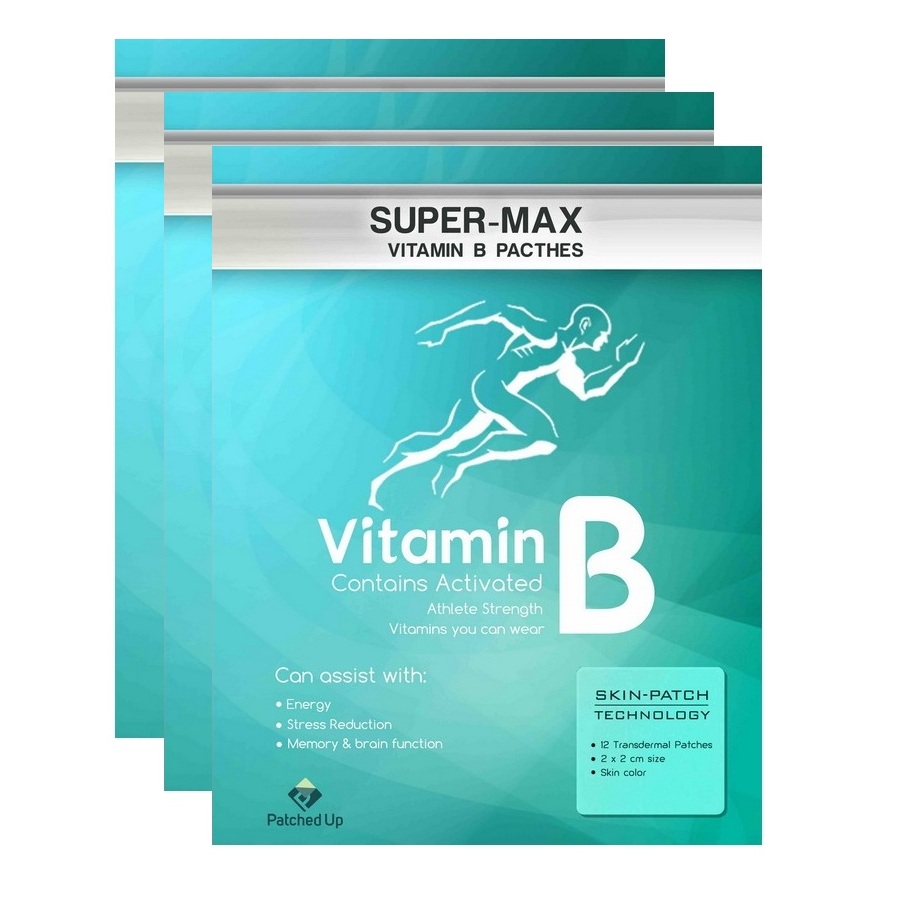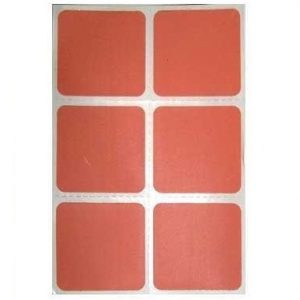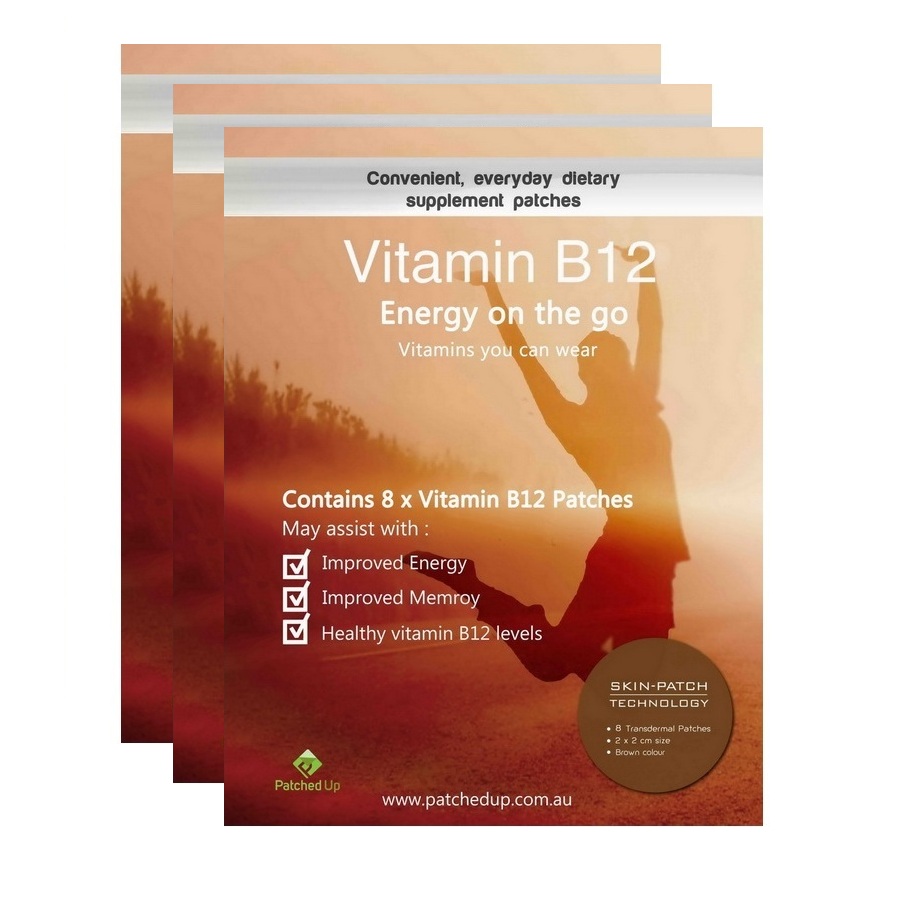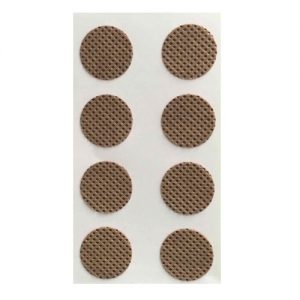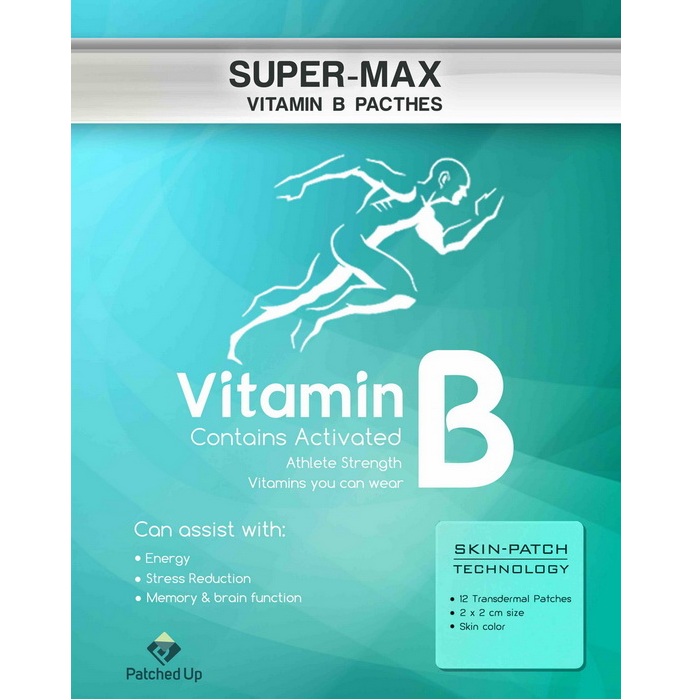Description
Active Ingredients:
B12 (Methylcobalamin) 1200 mcg
Folic Acid 400 mcg
What is vitamin B12?
Vitamin B12, also known as cobalamin is the largest and has the most complex chemical structure of all vitamins. Vitamin B12 is made by certain bacteria in gastrointestinal tract of animals and is then absorbed and concentrated in the body tissue. Hence, vitamin B12 is only found naturally in foods of animal origin. Unfortunately, plants can’t produce vitamin B12, although some microorganisms on plant material may do so to some extent.
Why is this vitamin so important?
Vitamin B12 is also essential for the production of an amino acid called methionine which is one of the important building block of proteins. When Vitamin B12 is lacking one of the precursors (called homocysteine) before methionine builds up. Increased homocysteine has been linked to increased occurrence of cardiovascular disease and dementia. This is the first important function of vitamin B12, to stop homocysteine building up and having detrimental effects in the body.
In addition, B12 is essential in several very important processes in our body: DNA synthesis, synthesis of myelin sheath (a fatty, neuron-wrapping sheath that serves to speed up neural conduction), it is also essential for energy production in ‘mitochondria’ our furnaces within the cells, as well as making red blood cells in the bone marrow. As you can see, a big job for our largest vitamin.
How much do we need?
The Recommended Dietary Intake (RDI) for an adult is 2.4 µg/day and it is slightly higher during pregnancy 2.6 µg/day and lactation 2.8 µg/day. Now, that doesn’t sound like much but to obtain it from vegetarian sources isn’t that easy, even for lacto-ovo-vegetarians. For example, a whole egg = 0.9-1.4 µg/100g (one egg is 50-60g) so we are looking at 4-6 eggs – however the problem is that it is poorly absorbed (3.7% – 9.2%); Milk = 0.3-0.4 µg/100g (glass of milk is 250mls) so you looking at 3-4 glasses but again, a lot is lost during processing of the milk; cheeses are a bit better as a lot of B12 lost in milk processing is then recovered during chees making process (i.e. cottage cheese, hard cheese, and blue cheese are good sources). Plant sources unfortunately either don’t contain any B12 or if they do as a result of microorganism action, the amounts are variable in amount and form and hence rendered unreliable. There are few sources that can be considered useful to some extent. More on that later.
So, this is how much you need daily when your stores of B12 are full, however if deficient – it will take much more than the RDI to replenish the stores. Initial supplemental dose is usually 1000-2000 µg/day for week or two and then 1000 µg/day for life.
B12 absorption, getting it into our body and cells.
Getting enough B12 through food is one challenge, but being able to then absorb it is a whole new one. B12 is the hardest to absorb nutrient. It has very complex absorption process. It depends on salivary glands to produce R-Protein for temporary binding to B12, stomach acid and pepsin to help break down protein bonds, stomach parietal cell function to produce intrinsic factor for binding, functional pancreas to produce proteases and functional illium for proper absorption. So in addition to not being readily available in plant foods there are so many areas with absorption that can also go wrong. For example, use of antacids suppresses stomach acid production. The elderly can often have reduced parietal cell function and pancreatic cell function. Inflammation in small intestines can reduce absorption. These are very common scenarios and are especially concerning if a person is long term vegetarian or vegan. (http://www.aafp.org/afp/2003/0301/afp20030301p979-f2.gif)
How would I know if I am deficient?
Well, you may not know if you are deficient for several years. B12 can be stored in the liver for many years, and therefore deficiency symptoms may not be apparent for some time. When symptoms do occur, and they can occur rapidly, you have well and truly depleted your stores.
Deficiency symptoms may be mild or severe. Mild symptoms, such as lethargy or forgetfulness are so general that often are associated with other issues. Other symptoms of Vitamin B12 deficiency can range from skin pallor, lowered energy and exercise tolerance, shortness of breath and palpitations which are generally associated with anaemia. Most of these effects are indistinguishable from another vitamin deficiency – folate deficiency. Neurological symptoms are present in about 75-90% of people with frank deficiency and are more severe with vitamin B12 than in folate deficiency which helps to set them apart. They include sensation of tingling, tickling, pricking, or burning of hands and feet, movement and gait changes, mood changes and memory loss which can progress to dementia. There may also be visual disturbances, impotency and impaired bowel and bladder control. These are some serious effects not to be laughed off. So let’s pay attention to our body and if in doubt test.
How can I test it?
The most common test is blood test, that is, total serum B12, however research has shown that it doesn’t accurately represent the levels of B12 within the body tissue. Testing for blood Homocysteine and Methylmalonic acid levels is a more sensitive method for testing as these parameters are increased early in Vitamin B12 deficiency, even before red blood cell changes occur. If we only use low blood vitamin B12 level to diagnose B12 deficiency, observational studies show that we would miss up to one half of people with actual B12 deficiency. (Oh & Brown 2003) Hence, Homocysteine & methylmalonic acid represent a more functional tests for B12 deficiency. If in doubt, ask your doctor for these tests.
